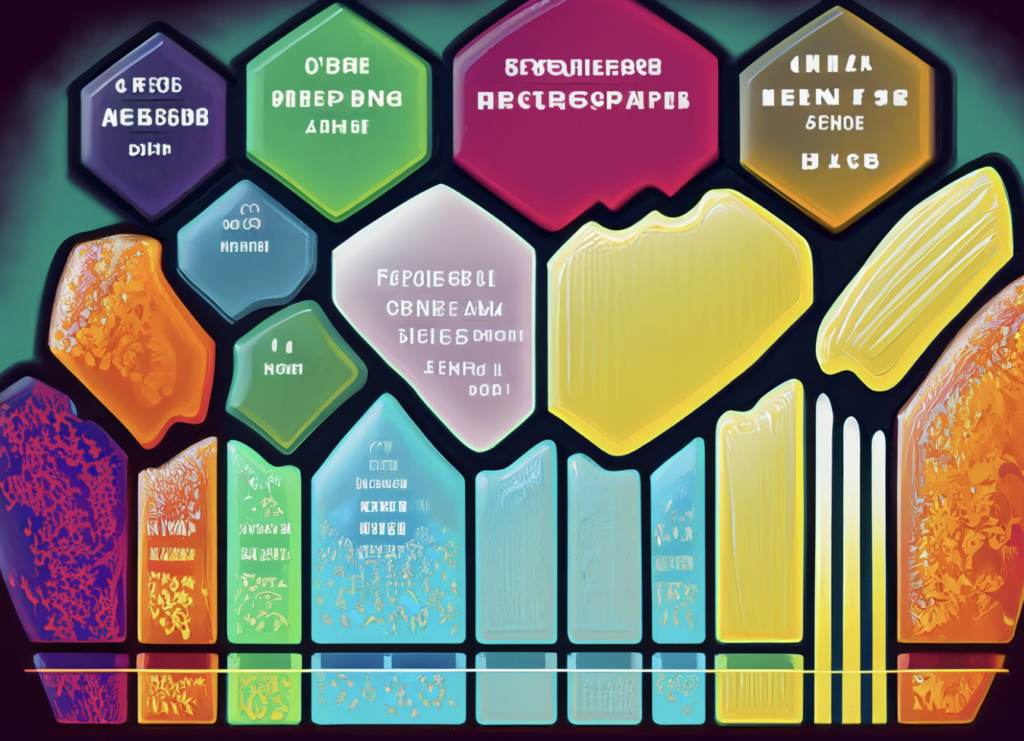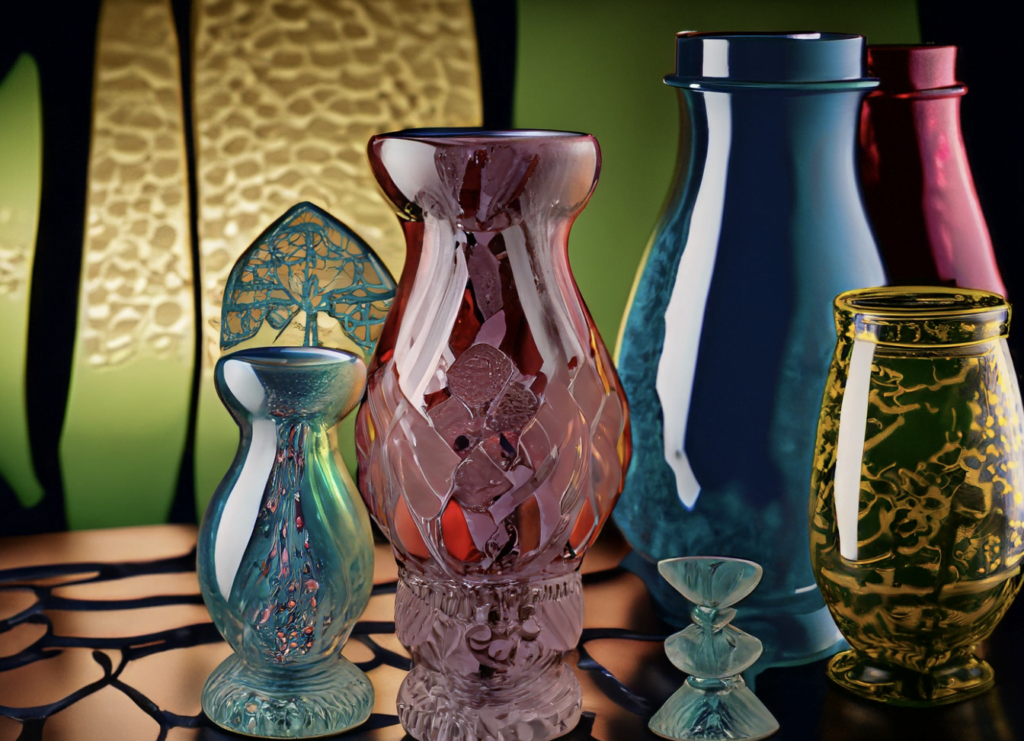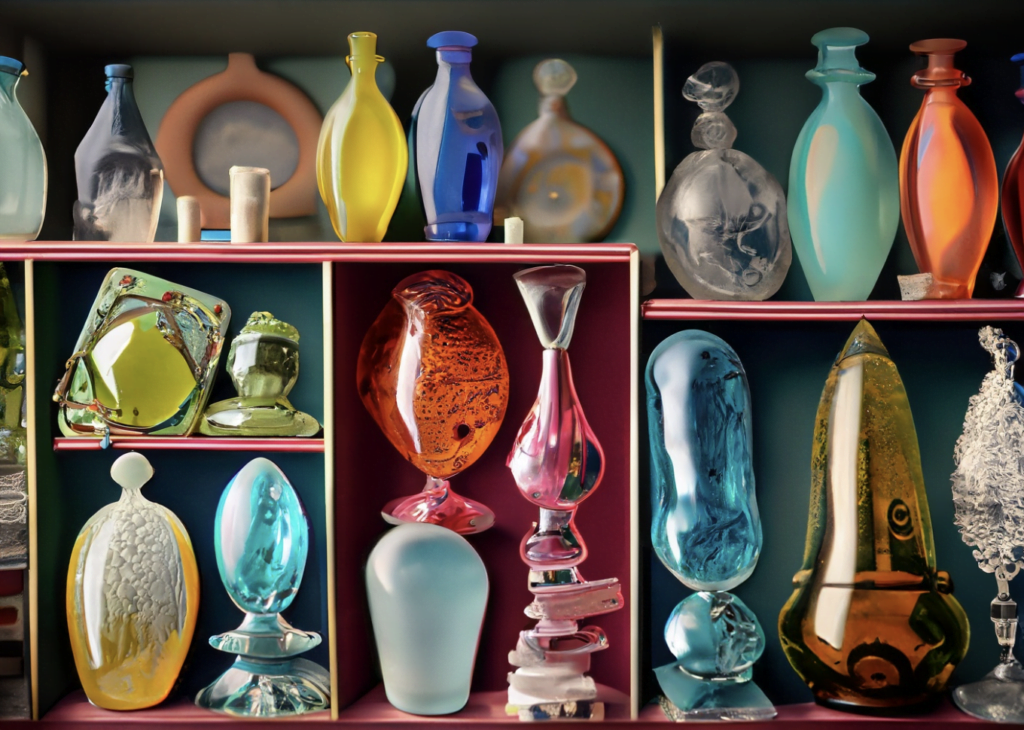A comprehensive chart of Depression Glass patterns – identify and learn about your favorite vintage glassware pieces!
Are you fascinated by the history and beauty of depression glass? Are you interested in discovering the different patterns produced during this era? Whether you are a seasoned collector or are just starting out, understanding the patterns of depression glass can be an exciting endeavor.
You will be amazed to learn how much knowledge lies within a depression glass pattern chart. It can provide valuable insight into what pieces are rare, which colors were most popular, and even when certain patterns were made.
With such information at your fingertips, collecting these wonderful pieces of history has never been easier! Let’s take a look at why having a depression glass pattern chart is beneficial to any collector.
Key Takeaways
- A depression glass pattern chart helps quickly identify pieces from the same era.
- Using a pattern chart prevents mistakes and wasted money when collecting depression glass.
- Pattern charts locate rare and discontinued pieces, increasing the value of a collection.
- Researching reliable sources like auction houses, antique dealers, and online stores is essential to find a depression glass pattern chart.
Overview of Depression Glass

Depression glass is a type of glassware that dates back to the 1920s and 30s. It was often given away as promotional items or included in cereal boxes. The delicate patterns and muted colors of depression glass bring a sense of nostalgia and romance to any home.
Identifying patterns is crucial when it comes to understanding the value of depression glass. Some popular patterns include Cameo, Royal Lace, Mayfair, and Cherry Blossom. Additionally, the color of the glass, such as amber, green, pink, or yellow, can also affect its value. Another factor to consider is the presence of the manufacturer’s logo, as this can help determine authenticity.
Understanding these details can help differentiate between authentic antiques and reproductions. By appreciating the nuances involved with depression glass, you can gain a deeper appreciation for its beauty and unique history. This knowledge can also be useful when using a depression glass pattern chart to explore the benefits of incorporating these patterns into your home.
Benefits of a Depression Glass Pattern Chart

Understanding the style of a certain era of glassware can be greatly beneficial, but you may be wondering why you should invest the time in learning about and identifying it. A pattern chart can provide an easy way to quickly identify pieces so that you don’t spend all your time trying to determine if something is from the same era.
Plus, with this knowledge, you’ll feel more confident when making purchases or adding to your collection. Collecting tricks such as using a pattern chart will help you identify the vintage styles quickly and accurately. It’s easy to make mistakes without one, leading to incorrect information or wasted money on items that aren’t really valuable.
From age-old classics like Cameo and Royal Lace, to rarer finds like Moondrops and Sunflower, a depression glass pattern chart offers something for every collector looking for unique pieces with history. Utilizing a pattern chart is key for any collector who wants to get the most out of their hobby!
Examples of Different Patterns

From age-old favorites like Cameo and Royal Lace to rarer finds like Moondrops and Sunflower, vintage glassware comes in a variety of designs that can be easily identified with the help of a pattern chart. Whether you’re looking to identify patterns or troubleshoot imperfections, understanding the key features of each piece is essential. Here are three ways depression glass pattern charts can help:
- Identify Patterns: A chart provides an easy way to compare various shapes, sizes, and colors to find similarities between pieces.
- Locate Rare Pieces: Pattern charts offer a visual guide to locating elusive items that may have been discontinued or hard-to-find.
- Recognize Imperfections: By studying the specific details of each pattern, it’s easier to notice subtle differences or flaws in individual pieces.
Having access to this valuable resource makes it simpler for collectors—and those interested in serving others—to appreciate the beauty of vintage glassware from any era.
With its ability to provide clarity and insight into identifying patterns and troubleshooting imperfections, a depression glass pattern chart is an invaluable tool for anyone interested in collecting these timeless treasures!
Where to Find a Depression Glass Pattern Chart

Finding a reliable source for a depression glass pattern chart can be overwhelming, but with the right research, you can uncover hidden gems that will help bring your collection to life.
Identifying patterns and glass features is an important step in appreciating the beauty of depression glass pieces. Resources such as auction houses, antique dealers, online stores, and collectors’ sites are great places to find charts that compare different designs.
Additionally, books about glassware and websites devoted to collecting antiques may provide helpful information on identifying specific pieces. With ample resources available on the internet, it’s easier than ever before to gain an understanding of how to distinguish one pattern from another and add value to your collection.
As you continue your search for an accurate pattern chart, remember that knowledge is power when it comes to collecting depression glass.
Tips for Collecting Depression Glass

Collecting pieces of antique glassware can be a rewarding and fulfilling endeavor. Vintage depression glass is one of the most sought-after items. Here are some tips for collecting depression glass:
- Identify markers such as manufacturer logos or patterns to help identify valuable pieces.
- Look for special characteristics like color variations, texture, or size that could increase value.
- Research prices to recognize what makes certain pieces more valuable than others.
- Become an expert in identifying quality and condition to make sure you don’t overpay.
By following these tips, collectors can ensure they are getting the best possible deal when purchasing depression glass while also honoring its history and beauty.
Frequently Asked Questions
How much does a depression glass pattern chart typically cost?
When buying a pattern chart, make sure to look for quality assurance. Consider reviews, customer feedback and the cost involved to ensure you get the best value for your money. Taking the time to research will help you find a chart that serves your needs.
What is the best way to identify an authentic depression glass piece?
Investigate the truth of assessing authenticity to evoke empathy in your audience. Identify fakes by examining details through a detailed and analytical approach. Thoroughly research materials, production methods, and design features to help you serve others authentically.
Are there any risks associated with collecting depression glass?
When collecting depression glass, be sure to follow cleaning tips and storage advice to avoid any risks. This will ensure that your pieces are properly cared for and remain in great condition.
Are there any online resources for researching depression glass patterns?
Yes! You can find many helpful online resources for researching depression glass patterns. Identifying marks and pattern variations are often listed, allowing you to better understand the pieces you collect. With these tools, you can accurately identify vintage glassware and secure its value for generations to come.
Are there any rare depression glass patterns that are particularly valuable?
Discovering rare, valuable depression glass patterns is an exciting pursuit. Distinguishing marks and identifying traits are key in your search for treasures. Analyze each piece closely to find hidden value and serve others with the knowledge of what you’ve uncovered!
Conclusion
Wrapping up, collecting depression glass is a rewarding and fascinating hobby. It is important to have a pattern chart to identify different patterns and determine the value of your collection.
To get the most bang for your buck, remember to look for pieces in good condition with few chips or cracks. Putting in the work now will allow you to reap the benefits later when it comes time to sell or expand your collection.
After all, knowledge is power. If you want to get ahead in this game, educate yourself on the various patterns!

